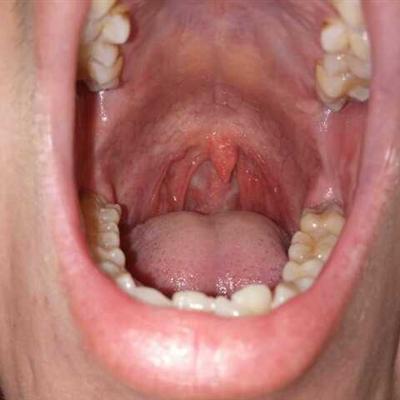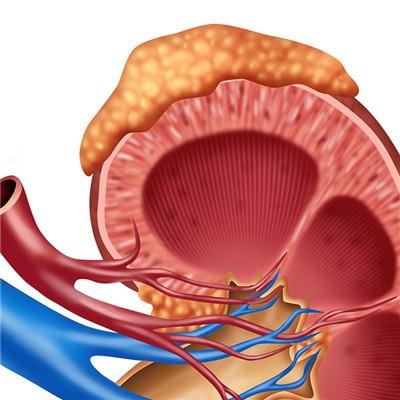Early symptoms of lymphangioma in children?
summary
Because children's lymphangioma endangers everyone's health and brings great suffering to the patients. In order to reduce the harm caused by the disease, we need to correctly understand the early symptoms of children's lymphangioma, because the symptomatic treatment of the disease can achieve good results. Let's share about the early symptoms of children's lymphangioma? Let's go.
Early symptoms of lymphangioma in children?
First: cavernous lymphangioma, which is the most common type of lymphangioma, can be very small, but it can also be very large, and even invade a limb. The lesions were unclear boundary, cavernous subcutaneous mass or diffuse swelling, soft and hard, such as lipoma. Except with hemangioma, there is no color change on the surface. According to statistics, 52% of the lesions involved the head and neck, 30% in the lower limbs, 16% in the arms and armpits, and 20% in the trunk. Most of the cases occurred in the buccal and lingual region were simple cavernous lymphangiomas, while cystic lymphangiomas were common in the neck, axillary, oral floor and mediastinum.

Second: cystic lymphangioma is usually multilocular, tension subcutaneous tissue mass, but can not be compressed, mostly occurs in the neck, especially in the posterior cervical triangle, occasionally occurs in the axillary, inguinal and retroperitoneal areas. Usually progressive enlargement, expansibility expansion, but also can not be large, a few cases can also naturally subside. Those originated from the posterior cervical triangle tend to develop to the buccal and infraauricular regions, or to the lower mediastinum. In the anterior cervical triangle, it tends to invade the tongue and the bottom of the mouth. If there is infection and bleeding, the tumor may increase rapidly, resulting in dyspnea, wheezing, dysphagia or death. Secondary infection is often accompanied by upper respiratory tract infection, and finally lead to sepsis.

Third: simple lymphangioma is characterized by cluster, deep, tension blisters, forming patches, which can occur in all parts of the body, but it is common in the neck, upper chest, proximal limbs and other places. The size of a single blister ranged from 1 to 3 mm, generally no more than 1 cm, and the content was mucus like. Sometimes with bloody blisters, light purple and dark red. The subcutaneous tissue below the blister had mild diffuse edema, occasionally swelling of the whole limb. Some blisters and even the top of the skin can be verrucous appearance, such as broken after the outflow of serous fluid. The extent of damage varies widely. It can also occur above the cavernous lymphangioma, especially in the tongue. Sometimes occurs cellulitis, may cause the tumor to increase temporarily. If it occurs in the tongue, glossitis will occur, especially easy to complicated with upper respiratory tract infection.

matters needing attention
Early symptoms of lymphangioma in children, we must be careful to understand and grasp, this is to help you carry out a positive and accurate understanding and treatment of the premise, of course, children's lymphangioma harm is serious, in order to minimize the occurrence of disease harm, we need to correctly understand the early symptoms of lymphangioma in children, because the disease symptomatic treatment can achieve good results.
















